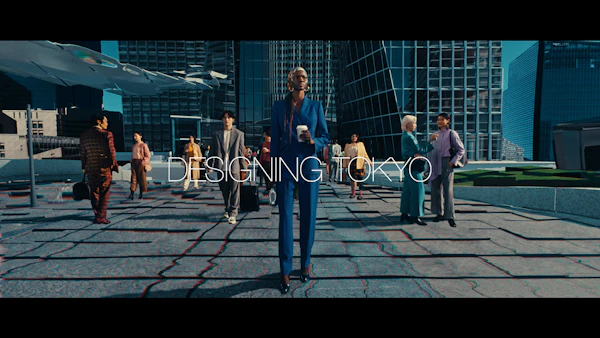Culture and Art
City that Balances Culture and the Economy
A city must not only support economic activities, but also have cultural features to provide people with an enriching city life. Based on this strong conviction, Mori Building always positions culture as one of the most important elements in its urban development projects.
This approach can be traced back to the opening of ARK Hills in 1986. Japan’s period of rapid economic growth had just ended and cities had come to be structured in a way that separates home and the workplace. Long commutes taking up people’s free time had become the norm, and only places of work remained in city centers. Faced with these circumstances, we began exploring urban development that would not only support economic activities but also offer cultural features. This is epitomized in Suntory Hall, Tokyo’s first dedicated concert hall. Under to concept of the “most beautiful sound in the world,” the hall was the start of Mori Building’s urban development efforts to foster culture and the arts.
It was also at this time that we started ARK Toshijuku, an educational institution for working adults, Mori Building’s first cultural project. Initiatives to create places of learning have also been adopted in subsequent Hills projects. Before long a diverse range of people in addition to office workers began to gather to ARK Hills, bringing enrichment and vitality to the development.
Roppongi Hills and the Debut of the “Cultural Heart of Tokyo”
This led to our “cultural heart of Tokyo” concept, which we implemented in Roppongi Hills that opened in 2003. We established the Mori Art Museum on the top floor of Mori Tower, the main tower at Roppongi Hills. This is testimony to Mori Building’s commitment not only to the economy but also to culture. In the 20 years since the museum opened, it has held around 60 exhibitions and has seen over 18.8 million visitors in total. It has grown into one of the most prominent contemporary art museums in Asia. In addition to exhibitions, it also actively carries out community-focused learning programs. Furthermore, since 2009, “Roppongi Art Night,”(※) an art festival staged throughout Roppongi, has been held, further solidifying Roppongi’s presence as a leading art destination.
An art festival set in the streets of Roppongi co-hosted by Tokyo Metropolitan Government, Arts Council Tokyo (Tokyo Metropolitan Foundation for History and Culture), Minato City, as well as Roppongi Art Night Executive Committee composed of The National Art Center, Tokyo, Suntory Museum of Art, Tokyo Midtown, 21_21 DESIGN SIGHT, Mori Art Museum, Mori Building, and Roppongi Shopping Street Promotion Association.
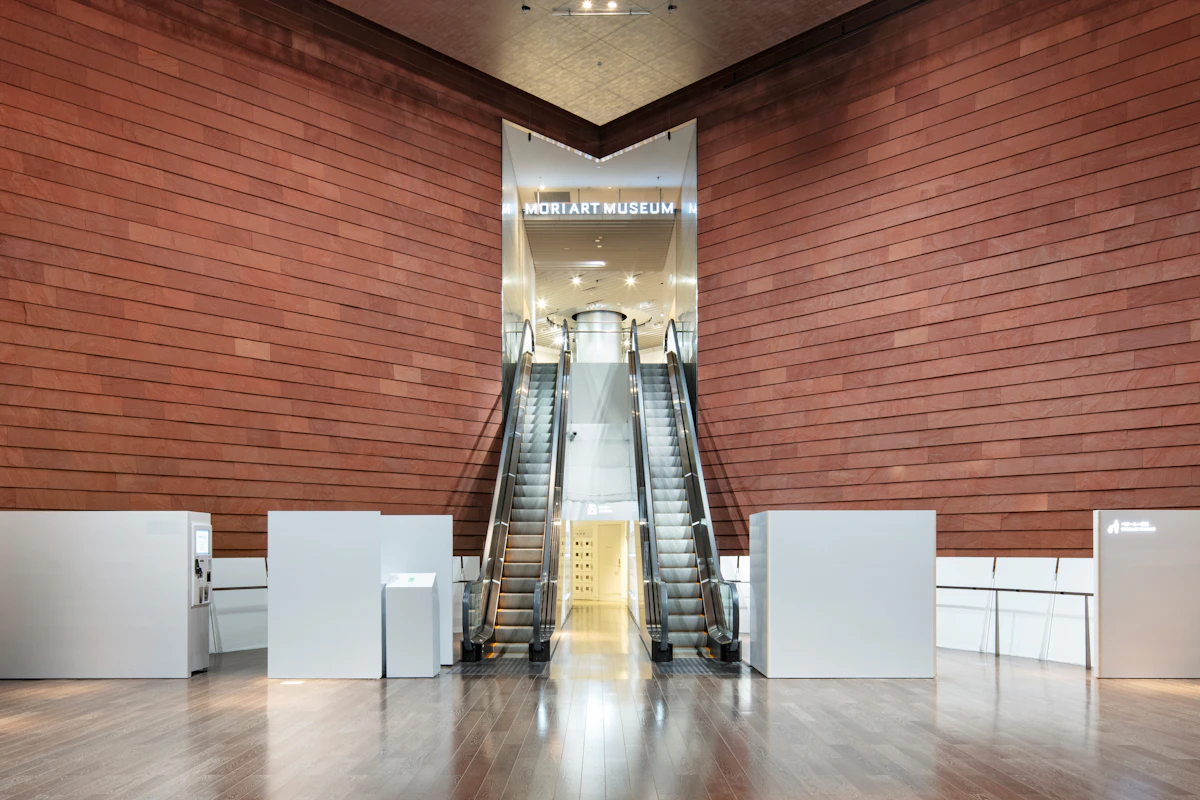
Mori Art Museum
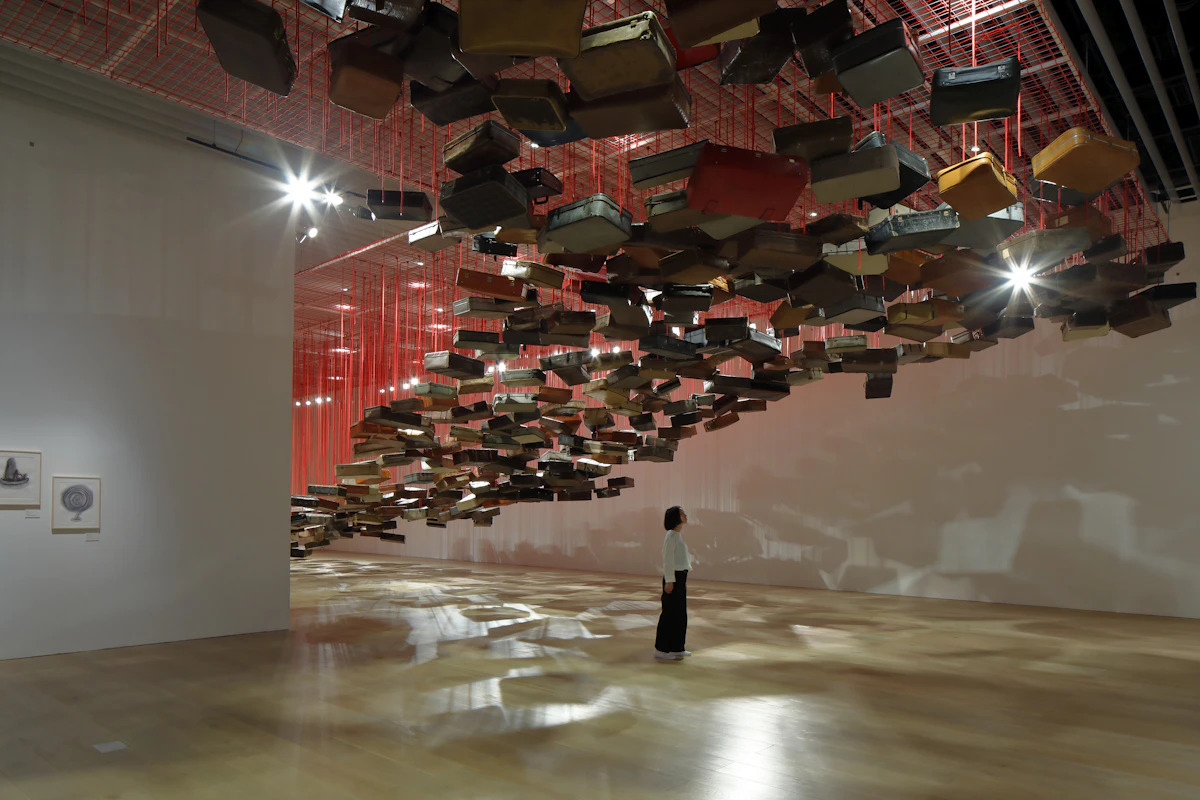
Shiota Chiharu
Uncertain Journey
2016/2019
Installation view: Shiota Chiharu: The Soul Trembles, Mori Art Museum, Tokyo, 2019
Photo: Sunhi Mang
Where Art Is an Integral Part of Daily Life
Our philosophy on culture and art has been implemented in our other Hills developments as well. Public art is displayed throughout in each Hills complex so that people can experience culture and the arts in their everyday lives. Hills urban complexes are the embodiment of our approach to urban development that integrates art into daily life. Culture is not something that belongs only to certain people. When everyone has easy access to the very best in culture and the arts, the inspiration and stimulation they gain leads to new creations. An urban environment that produces this cycle is exactly what we need today.
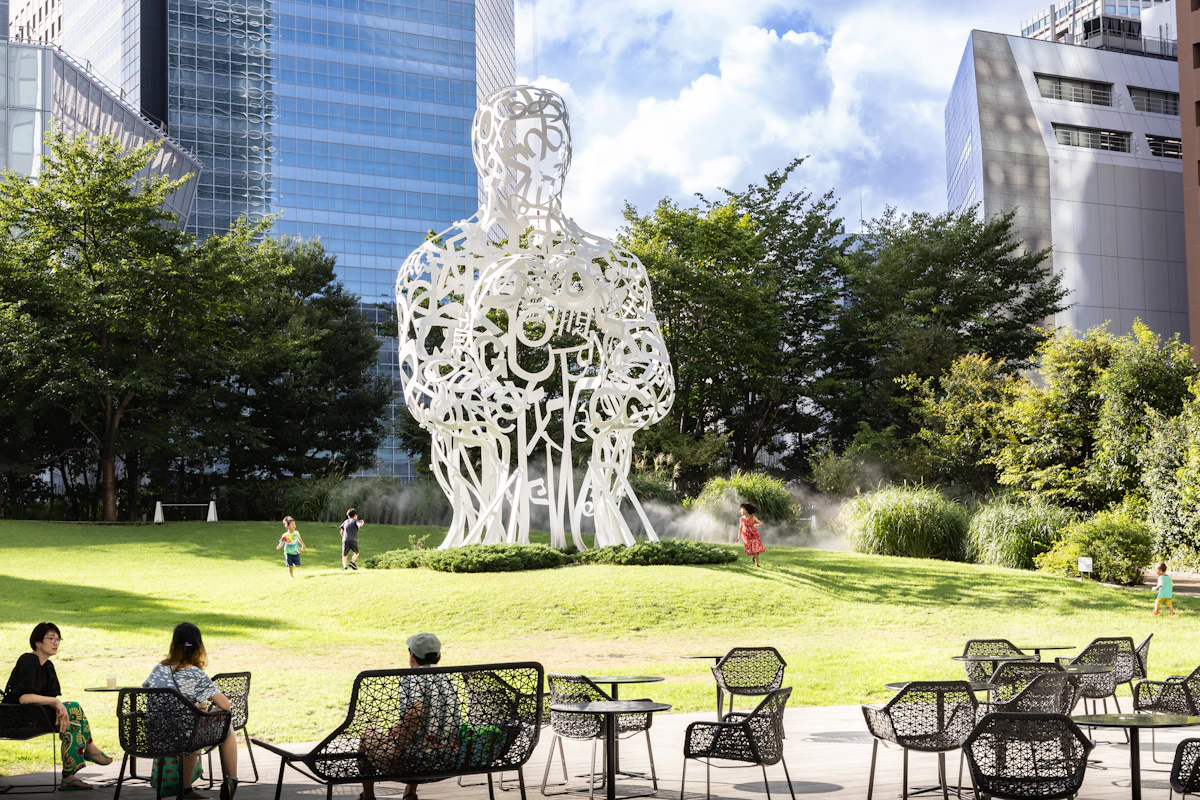
Jaume Plensa
Roots
2014
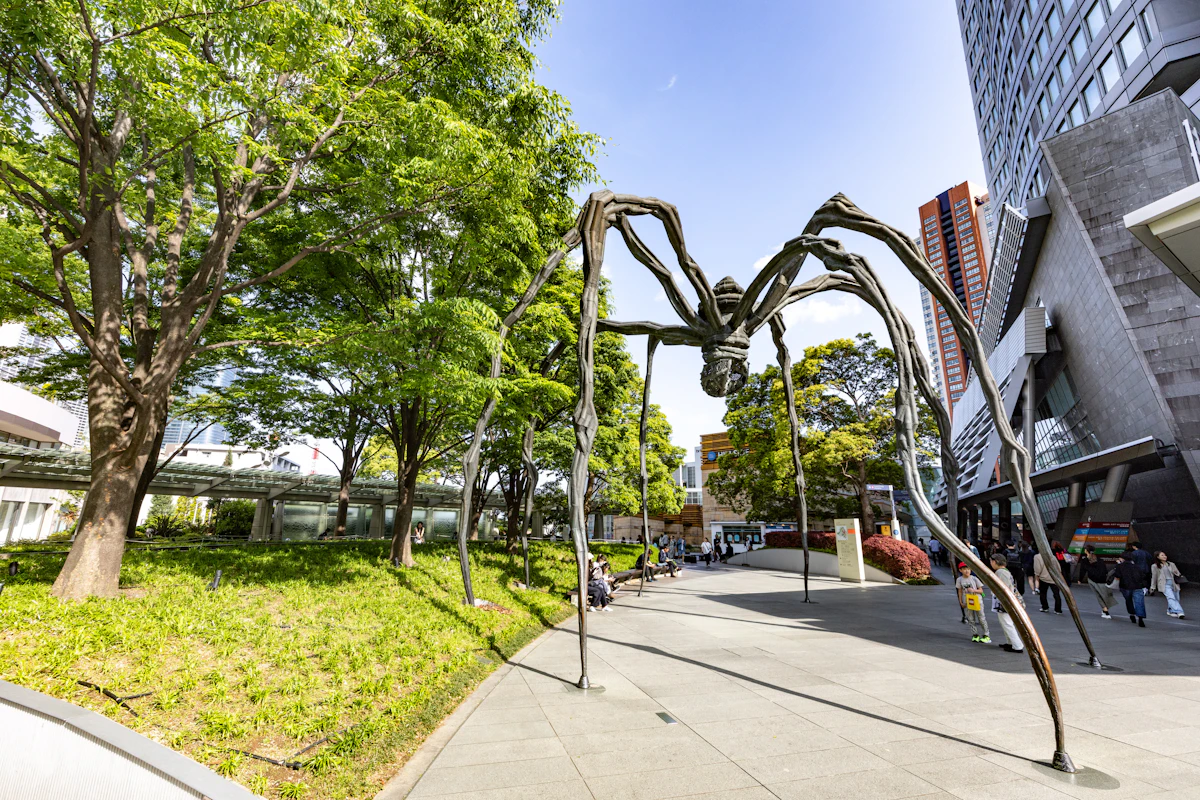
Louise Bourgeois, Maman, 1999/2002, Bronze, stainless steel, marble, 9.27 x 8.91 x 10.23 m
Sharing Tokyo Culture with the World
Recently TOKYO NODE, a hub for innovate ideas, has been established at Toranomon Hills. At Azabudai Hills, we opened Azabudai Hills Gallery and MORI Building DIGITAL ART MUSEUM: EPSON teamLab Borderless, which was relocated from Odaiba. They have become an international destinations where something new is always happening. Mori Building believes that international visitors enliven the area, which in turn enhances the international competitiveness of Tokyo. Going forward, we will continue working to enhance the magnetism of Tokyo through cultural facilities such as these.
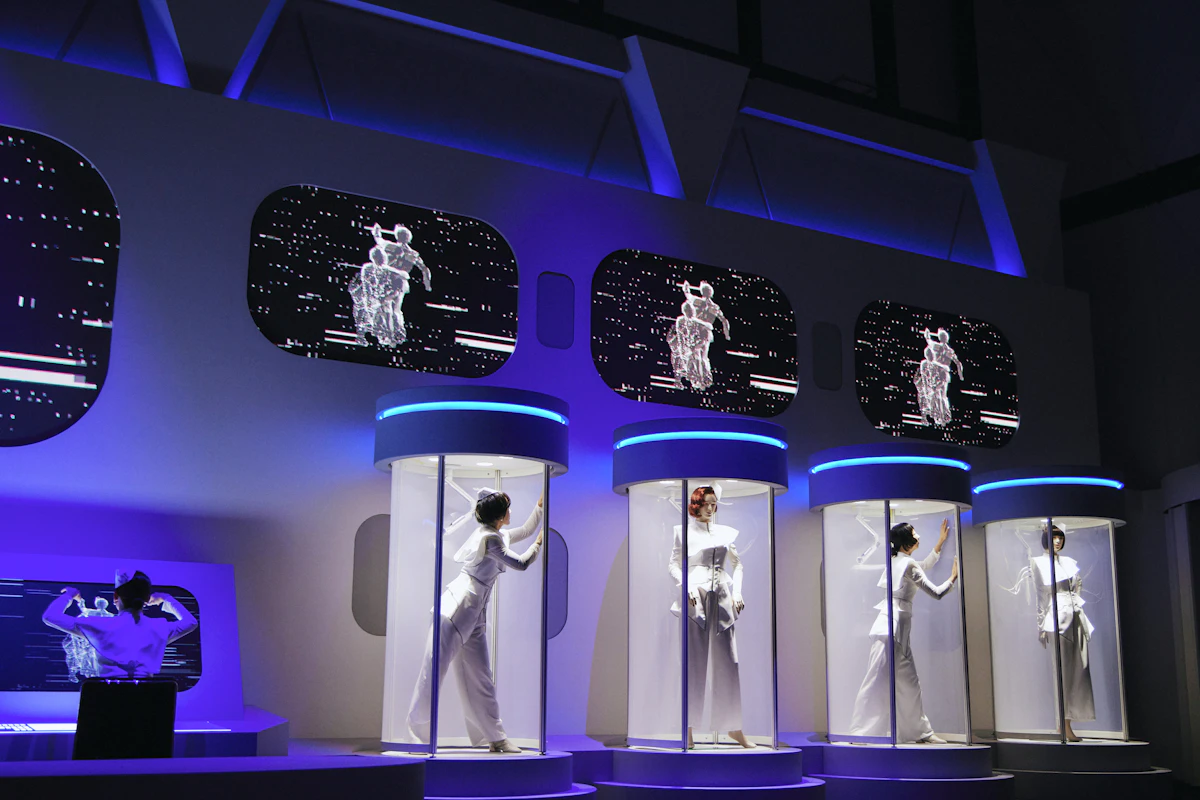
TOKYO NODE Opening Commemorative Project #1
“Syn : Unfolded Horizon of Bodily Senses”
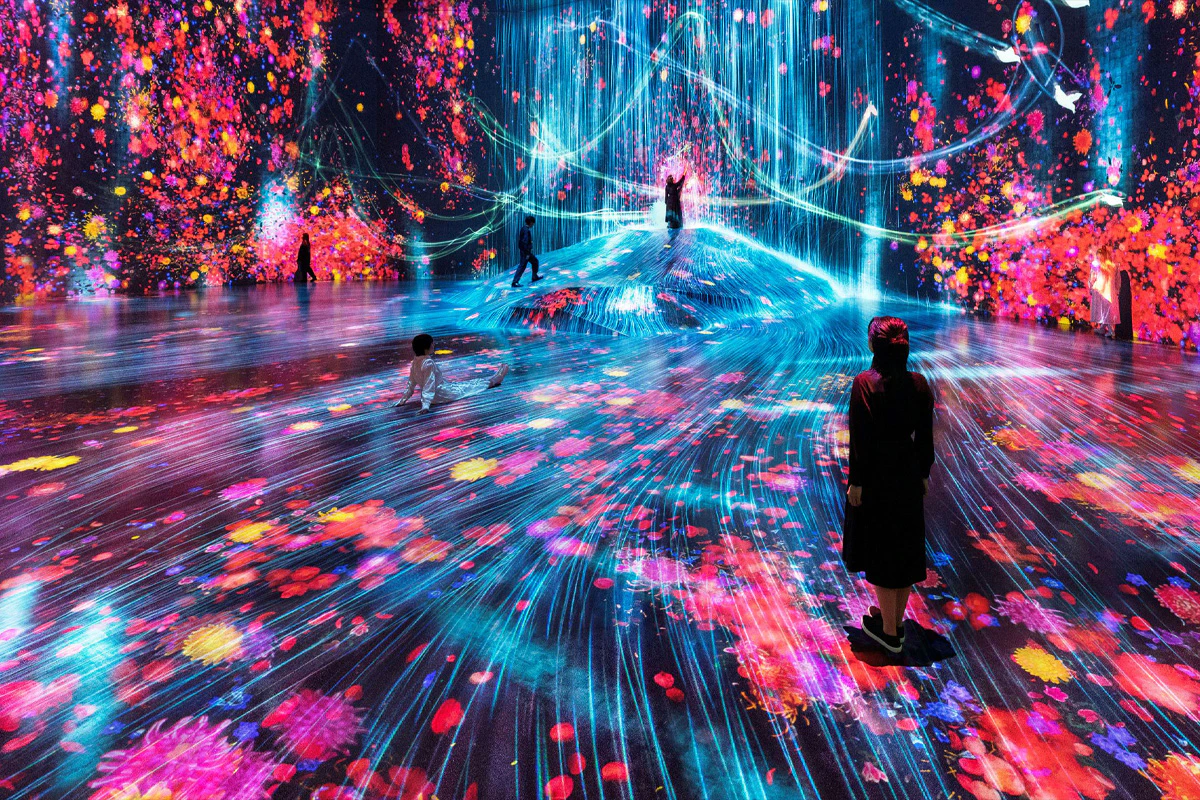
teamLab Borderless: MORI Building DIGITAL ART MUSEUM, Tokyo © teamLab

